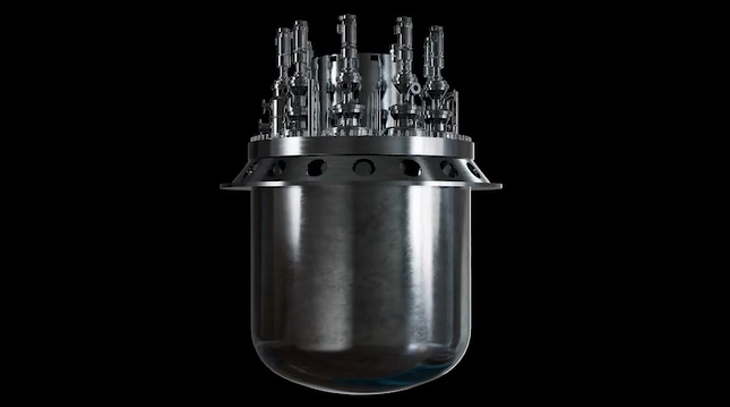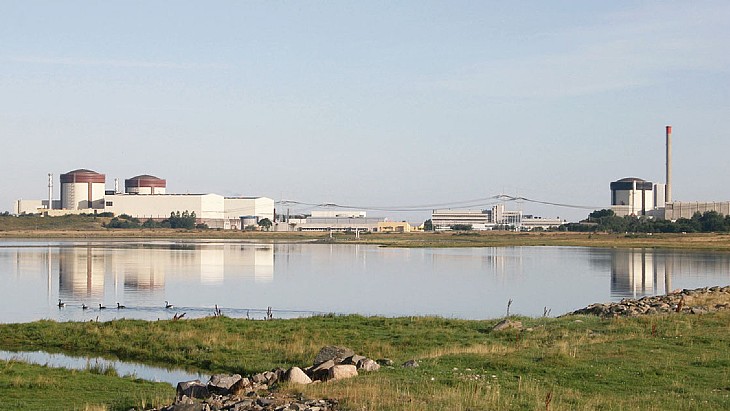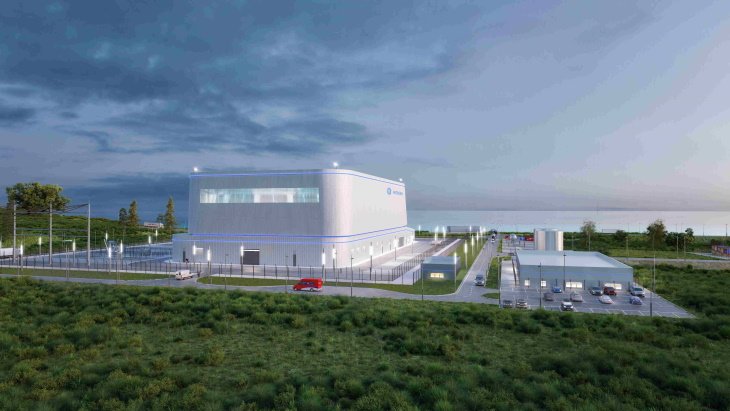The SCOOP/STACK play in Oklahoma has the highest average breakeven price at $48 a barrel. Surprisingly, the Permian is not the lowest-cost play but the second-lowest, at $40. The lowest-cost basin, on average, is the Delaware Basin, also in Texas.
On the face of it, these averages give no cause for optimism to an industry hit hard and fast by a perfect storm of radically lower demand and a sharp increase in supply. However, it’s worth noting the figures above are averages. They cover a range of breakeven costs that last year, according to the Dallas Fed, featured breakeven prices of as little as $23 a barrel in the Permian. In all fairness, these figures were reported last year. Since then, the lowest may have gone up or, in some locations, down.
Surviving the crisis seems to be a combination of luck with acreage, Wright’s Law, and size. The problem is that luck eventually runs out as does the oil from fracked wells—faster to start producing than conventional ones and faster to deplete—and that Wright’s Law does not hold to $0. Experience in performing an activity can only go as fast as improving productivity and efficiency.
What about size?
The bigger the size of a company, the more room it has to cut operating costs (the day-to-day expenses related to running any business). Companies can trim these costs by asking suppliers to lower their prices, which some shale players have already done, asking for a sizeable discount, too--some as much as 25 percent.
This strategy is what happened during the last oil-price crisis, too. At the time, shale producers spoke about efficiency gains and strict cost controls. Nevertheless, most of the relief came from oilfield service providers drastically slashing the price of their products and services so they could survive during the crisis, ensuring in this way the survival of their clients. As a result, the oilfield services segment of the industry suffered longer than E&Ps did.
Efficiency gains aside, breakeven prices have fallen because of lower operating expenses. These now need to be cut further and already are: companies are already curbing business activity; in this case, by idling rigs and drilling fewer wells. This is one of the self-regulating mechanisms of the industry. The fewer new wells drilled, the smaller the production growth until eventually, it evaporates, and production begins to shrink.
We are likely to see this soon enough.
U.S. shale has been praised for changing the world oil game and for managing to bring their costs low enough to survive the 2014-2016 crisis. Indeed, the industry deserves most of the credit it has received: going from the second-highest production cost level in the world to one of the lowest is undoubtedly an accomplishment deserving praise.
However, the shale fan club often forgets that there is a floor under operating costs and that there are only so many discounts an E&P can ask from an oilfield service provider. Once those discounts are reached and operating costs reach the max, E&Ps will be on their own. Many of the smaller independents, as well as the large shale players, have little wriggle room in the current supply and demand situation.
The question that many are asking is whether the shale industry could repeat its feat from the last crisis: squeeze costs lower, retrench, survive, and enjoy lower breakevens and higher profits once the crisis is over. The answer would have been “maybe” had the current crisis been only purely related to excessive supply, like the last one. Unfortunately, this is not the case. The industry is now also struggling with what is increasingly looking like the biggest demand slump in the history of oil.
On top of it all, the space for further reductions in breakeven prices is more limited than it was five years ago. It is a law as universal, perhaps, as Wright’s Law. You cannot innovate indefinitely, and you cannot bring down the breakeven level of a business to zero. What’s more, shale may be facing higher rather than lower breakevens in some parts of the shale patch.
Shale formations are not all made equal. In some parts of a play, the oil is more easily—read cheaply—extractable than in other parts of the same play. Some of these sweet spots, however, will have been exhausted by now, forcing well operators to tap higher-cost locations, a topic that oil industry expert Art Berman has discussed exhaustively.
Thanks to technological advances, there is certainly more room for efficiency improvements in the extraction of oil from shale formations. These efficiency improvements would likely bring breakeven levels across the shale patch even lower. For those that survive the crisis that more and more people are calling unprecedented.







